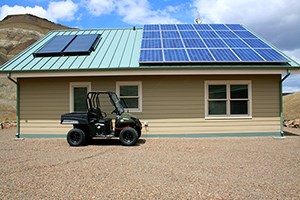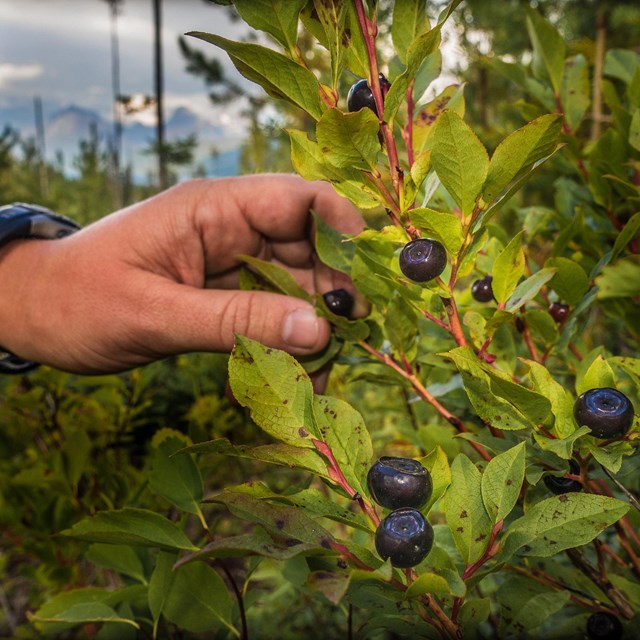
Though adapting to climate change is an important part of the National Park Service (NPS) strategy, it is far easier and more cost effective to prevent climate change impacts from happening in the first place. The NPS recognizes that many of our activities, decisions, and plans have impacts on greenhouse gas (GHG) emissions and storage. Therefore, responding to climate change begins with limiting our own emissions and incorporating climate-friendly practices into our management and culture.
Minimizing the cause of climate change is often called mitigation, and it involves reducing our "carbon footprint" by using less energy (and/or shifting to renewable and alternative energy options) and appropriately altering our land management practices. Mitigation is also achieved through carbon sequestration, a process by which carbon dioxide (CO2) from the atmosphere is taken up by biological and physical processes. The most common form of sequestration is photosynthesis in plants (e.g., tree trunks and roots, grasses, algae), which converts CO2 into biomass. The giant sequoia trees in California and the mangroves along the Gulf Coast are critically important as they pull large amounts of CO2 out of the atmosphere. The NPS manages much of the lands on which these two species are found.
The NPS strives to be a model of thoughtful and environmentally sensitive climate stewardship. We are doing our part to become climate-friendly by reducing GHG emissions in parks and NPS offices through efficiency investments and conservation measures that mitigate climate change.
Dig deeper:
-
 At Home
At HomeParks are often a cure for what ails us at home, but actions at home can also cure what ails our parks.
-
 Visiting Green
Visiting GreenThere are many ways to make your visit to national parks more carbon friendly
Last updated: March 11, 2025
